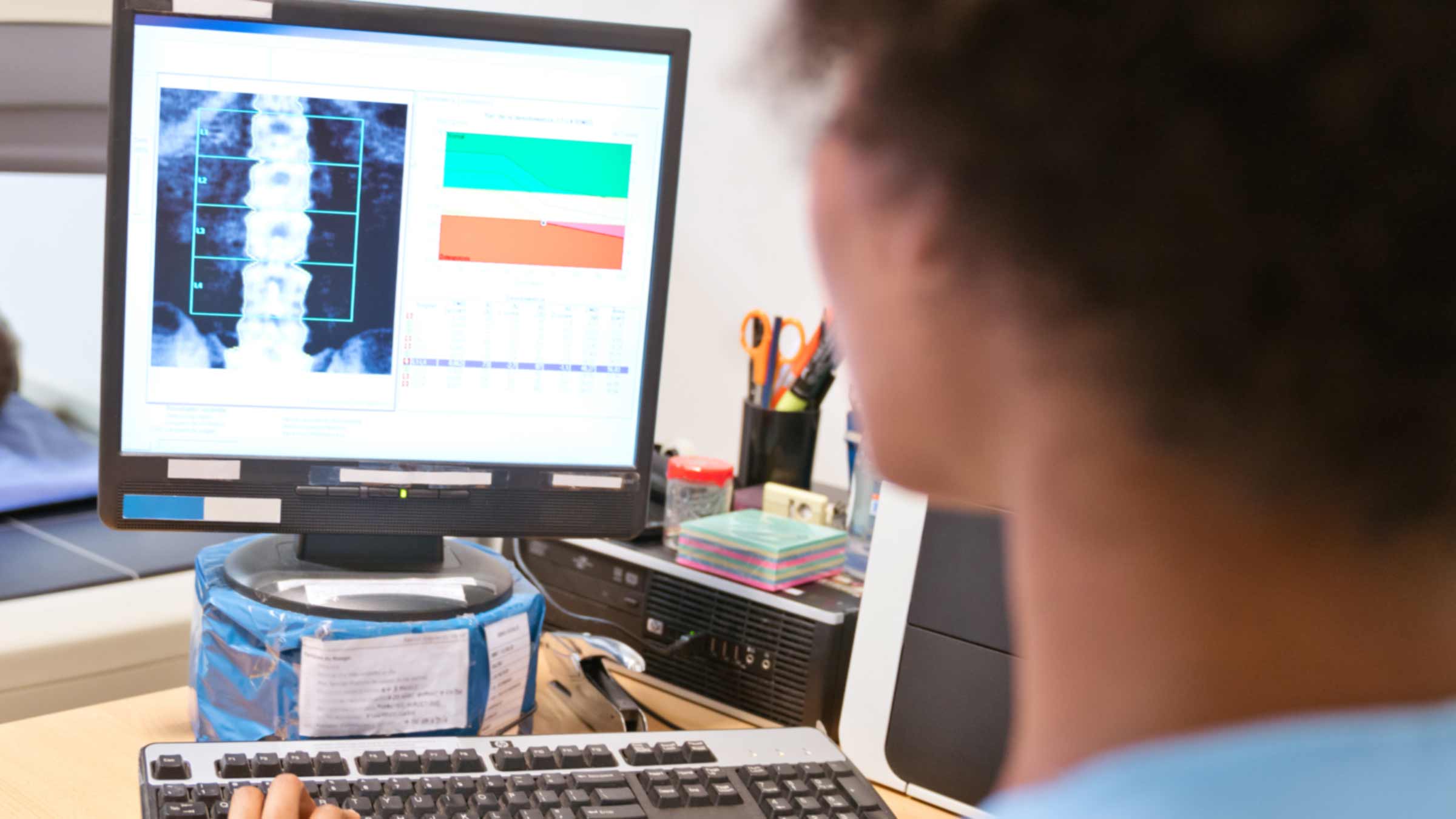
Our bones tend to become more fragile as we get older. As bones lose density, patients are more likely to experience a break or a fracture.
The degenerative process can happen faster in women’s bodies compared to men. Luckily, there are lifestyle choices we can make to keep our bones healthier for as long as possible.
Bone loss affects both genders
Bone loss happens slowly throughout our later lives and there are often no indications it’s happening until a patient actually gets hurt. Genetics and hormones play a significant role in determining how quickly our bones weaken. That’s true for both men and women.
Women lose bone mass more quickly for a few years at menopause
However, women may be more at risk for osteoporosis earlier in life than men because of estrogen levels. Estrogen helps control the breakdown of bone. But when a woman goes through menopause, the amount of estrogen in her system is greatly reduced.
Less estrogen means the osteoclast, which is the cell that breaks down bone, is able to work at a faster pace than the osteoblast, which is the cell responsible for building and repairing our bones. This uneven divide results in a net loss of bone density. This type of loss happens at accelerated levels until a woman’s body adapts to the new normal of lower estrogen.
In my practice, I’ve also found that women are more likely than men to restrict food intake. Unhealthy diets are also not good for your bones. The bones need fuel to rebuild and repair themselves. They need the right amount of protein as well as the nutrients important for bone health so a well-rounded and healthy diet is important.
Lifestyle choices impact bone health
Healthy lifestyle choices are pivotal for both women and men to maintain optimal bone health. In terms of diet, be sure you’re getting enough calories relative to how active you are.
It’s important to eat a wide variety of fruits and vegetables. These provide the body with antioxidants that help protect bone density. In addition, your bones benefit from nutrients like calcium, protein, vitamin D and potassium.
Bad habits will accelerate bone density loss in both men and women, like drinking too much alcohol and smoking cigarettes. These habits create an oxidative and inflammatory environment within our bodies. Sitting around too much also has a negative impact on our bones.
Exercise is crucial in maintaining bone health. Don’t be afraid of the weights at the gym. Strength training helps to preserve bone density and may reduce the risk of osteoporosis.
The nature of the exercise you want to do to help your bones is something that loads the bone, like jumping for the hips or push-ups for the wrists. Activities like walking and swimming are great for our heart health but do not stimulate our bones.
Start paying attention to your bone health now
I tell my patients they need to be thinking about their bone health throughout their entire adult lives and not wait until their elderly years. Young adults typically reach their peak bone mass in their 20s. Both men and women then start to lose that bone density steadily over the years that follow.
There is competing research about whether bone loss can be reversed. But just like other health issues, prevention is always the best strategy. Staying proactive about bone health will lead to better health outcomes.
Patients who exercise, eat well and refrain from unhealthy choices will generally experience better health outcomes
Knowing your genetic risks for bone loss is a good starting point. Although we can’t necessarily control our genetics, both women and men can still slow down bone density loss with healthier choices.

Take charge of your bone health
Learn more and schedule an appointment with the Ohio State Sports Medicine team.
Expert care starts here




